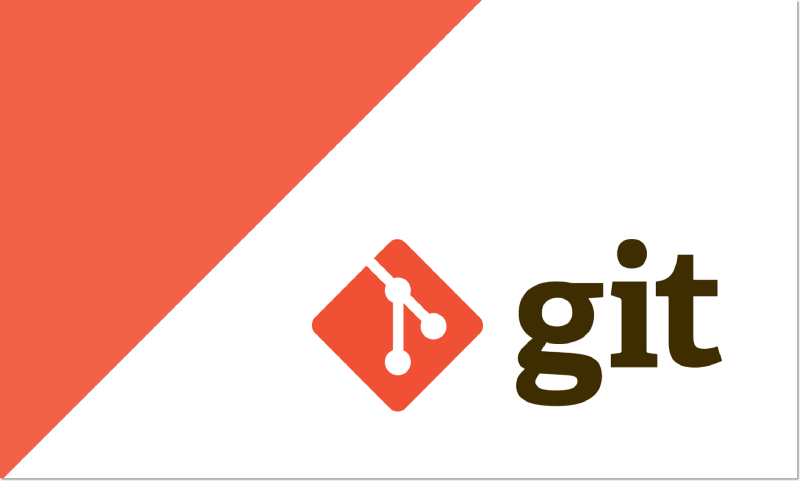Git, what is it? and what does it do?

What is Git?
Git started development around 2005, mainly because of dispute of a DVCS called “BitKeeper” and the devolopers of the project Linux kernal, which made those devolopers start their own open-source DVCS.
And then we got Git, Git is a DVCS that’s mainly designed to make the life of software engineers easier while also being open-sourced, it’s available on most of the major PC OS’s, including Linux, Windows and Mac.
So, what does DVCS mean? it’s short for “distributed version control system”, distributed because Git can work between different clients and servers, version control sysyesystem because it can make sure the same files and folders exist on all of the devolopers machines.
What are it’s main features?
Git also uses some life-saver features, such as snapshots, use of local operations, states, tracking of changes to the files and minimizing loss of data.
Snapshots
Everytime Git saves a file, it compares it to the previous version, for any new changes, it saves them, for anything that hasn’t changed, it refernced them to the old version.
Local operations
Lots of Gits operations are local, meaning they only happen on your machine, making it faster than having to ask a server for what you need, which allows you to work even if you don’t have an access to the web.
States
Files that Git has have three possible states: committed, modified and staged.
Commited: The data that’s stored in the database.
Modified: Data that has been changed, but still waiting to be commited.
Staged: A files new version that have been choosen to be committed.
Tracking of changes
Every change you (or your colleagues) make is tracked by Git, making it easy to backpedal when anything wrong happens.
Minimizing loss of data
As some of the previous points suggest, Git is designed to make sure loss of data is an -extremely_ hard thing to do.
What about smaller features?
- Git is a big program, as such it does have a manual, can accessed though using the command
git help command - You can import your older projects into Git.
- You can also clone a project from a different server.
- Being able to change many of the smaller settings in the program.
Local Repository Structure
The local Database has three parts:
- Head, which is the latest version of the files.
- Index, which is the place for the staging.
- Working directory, your files are stored here.
Commands
git statustells you if what files you have currently are the same as the database or not.git add .stages files to be commited.git commit -m "message"command to send a message for why or what you changed.git push origin maincommit the files.
| 102 | |||||||
|---|---|---|---|---|---|---|---|
| Home | read01 | read02 | read03 | read04 | read05 | read06 | read07 |